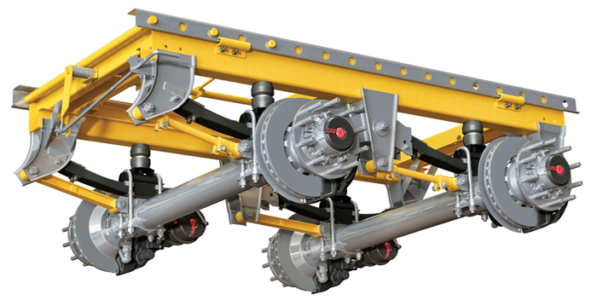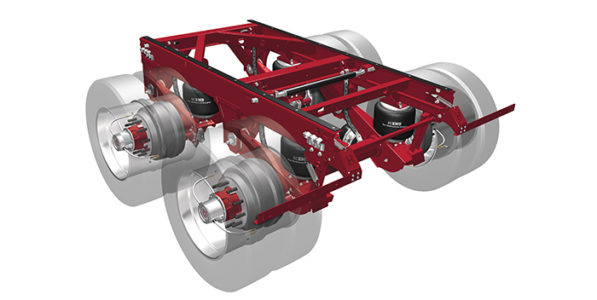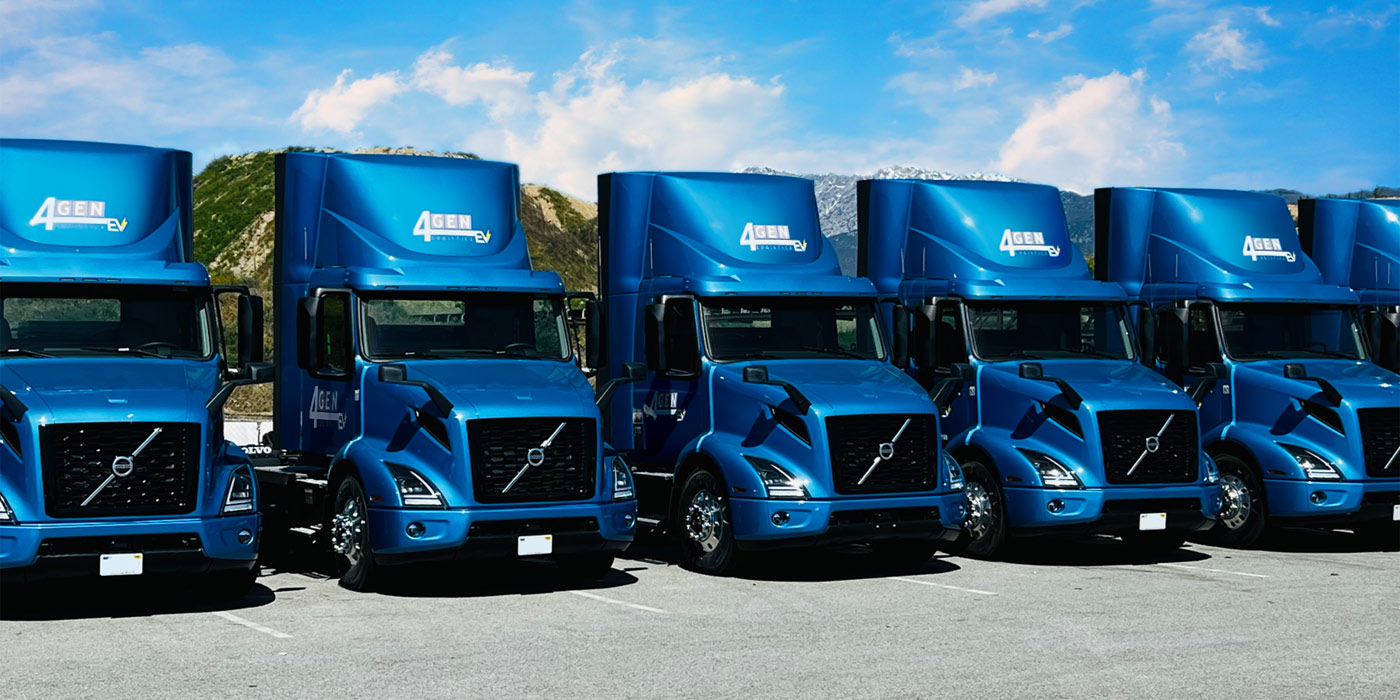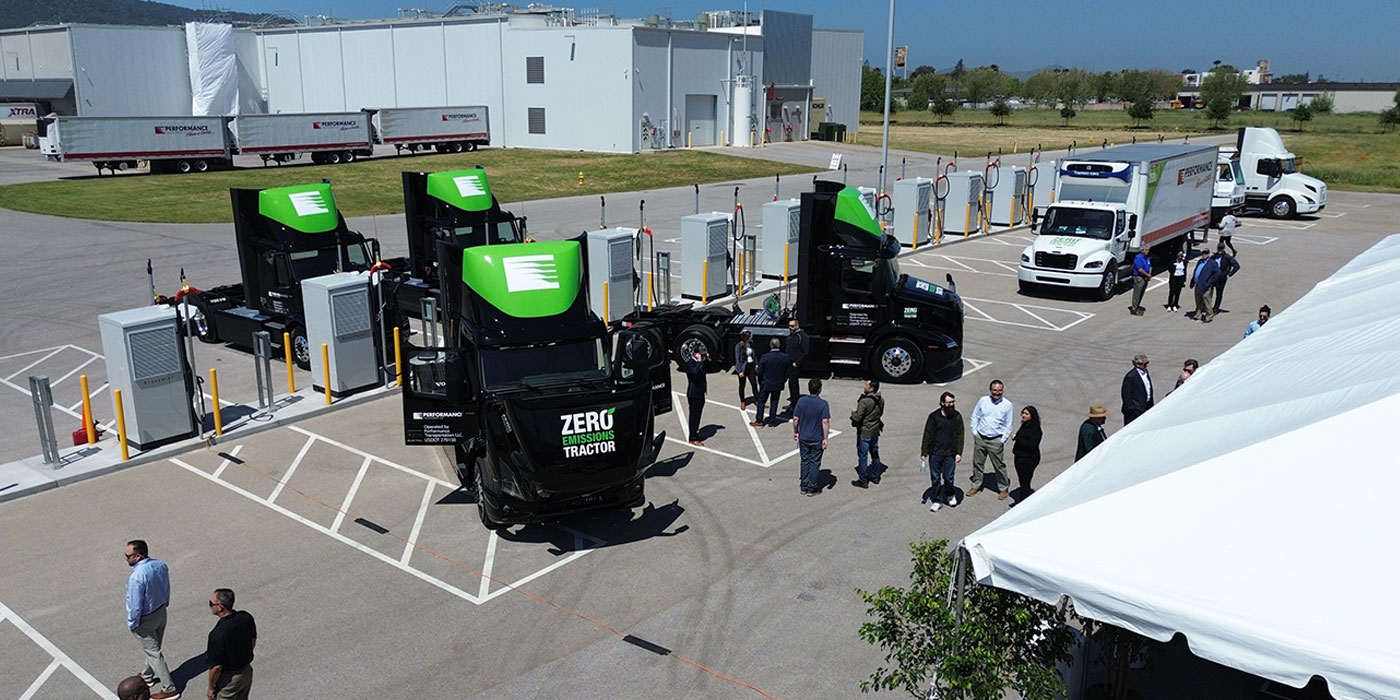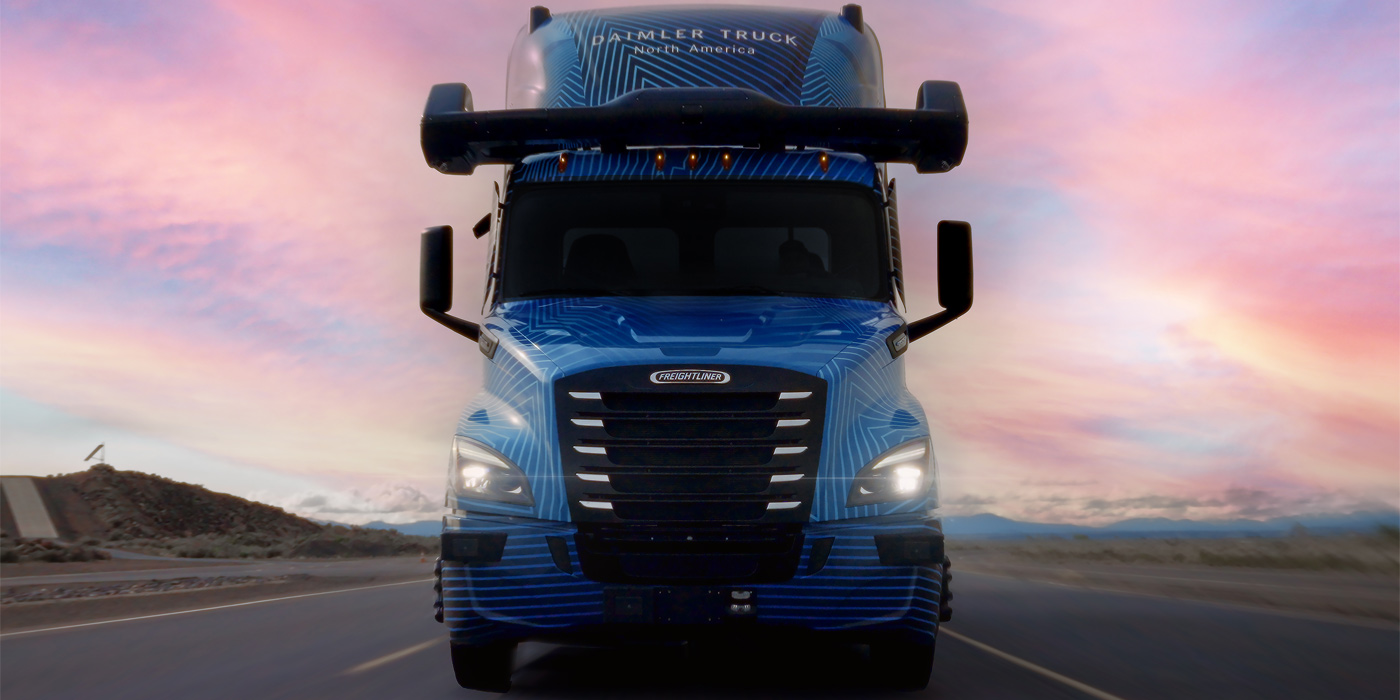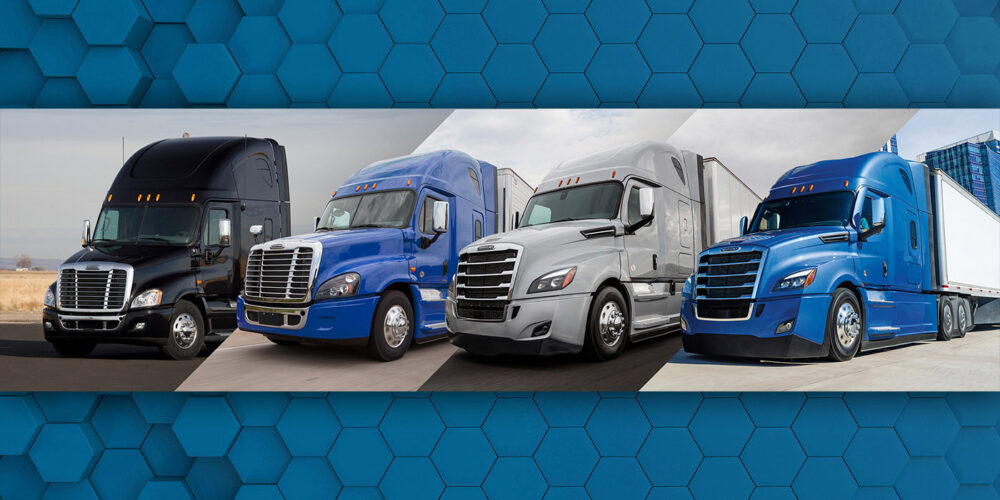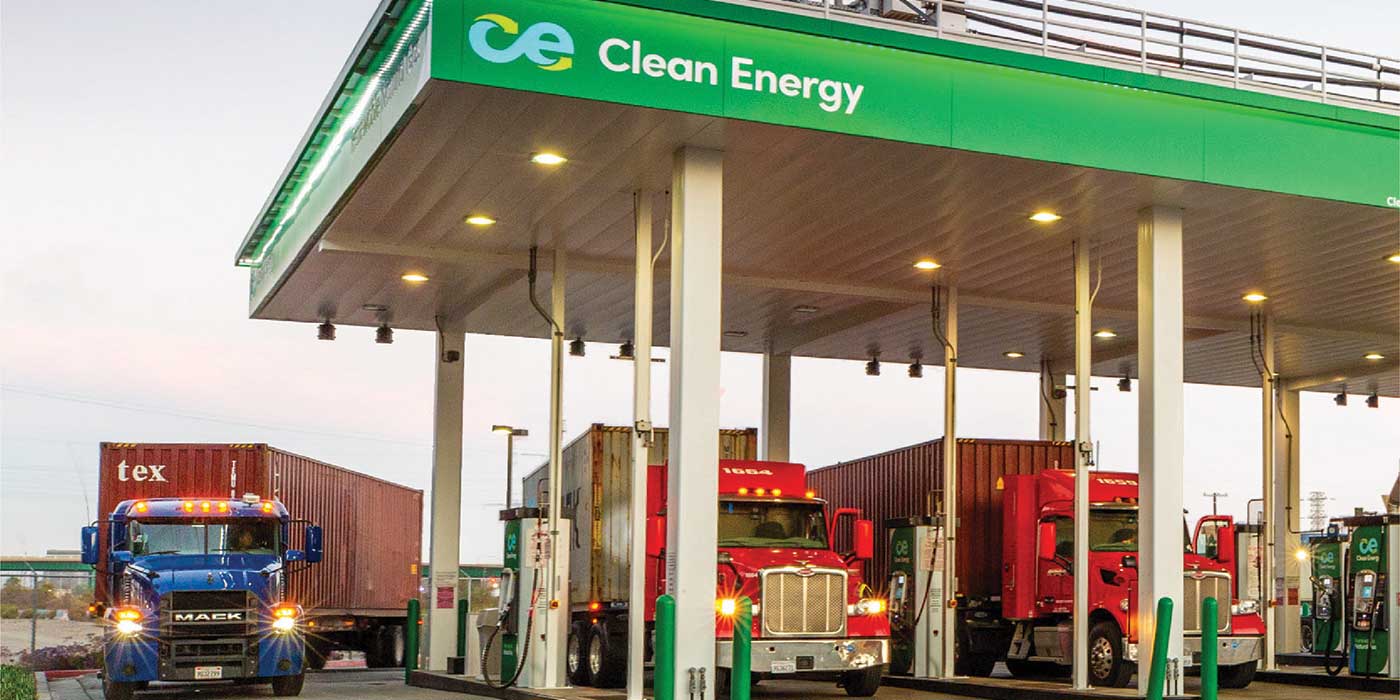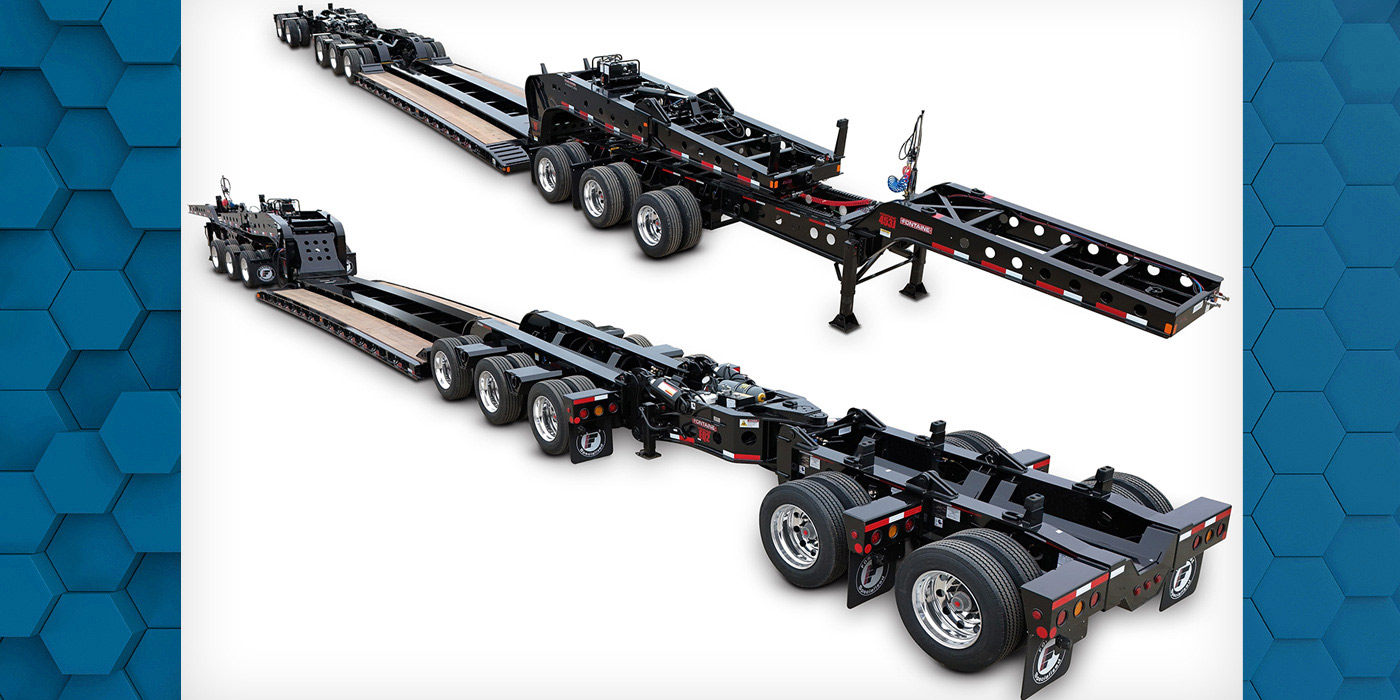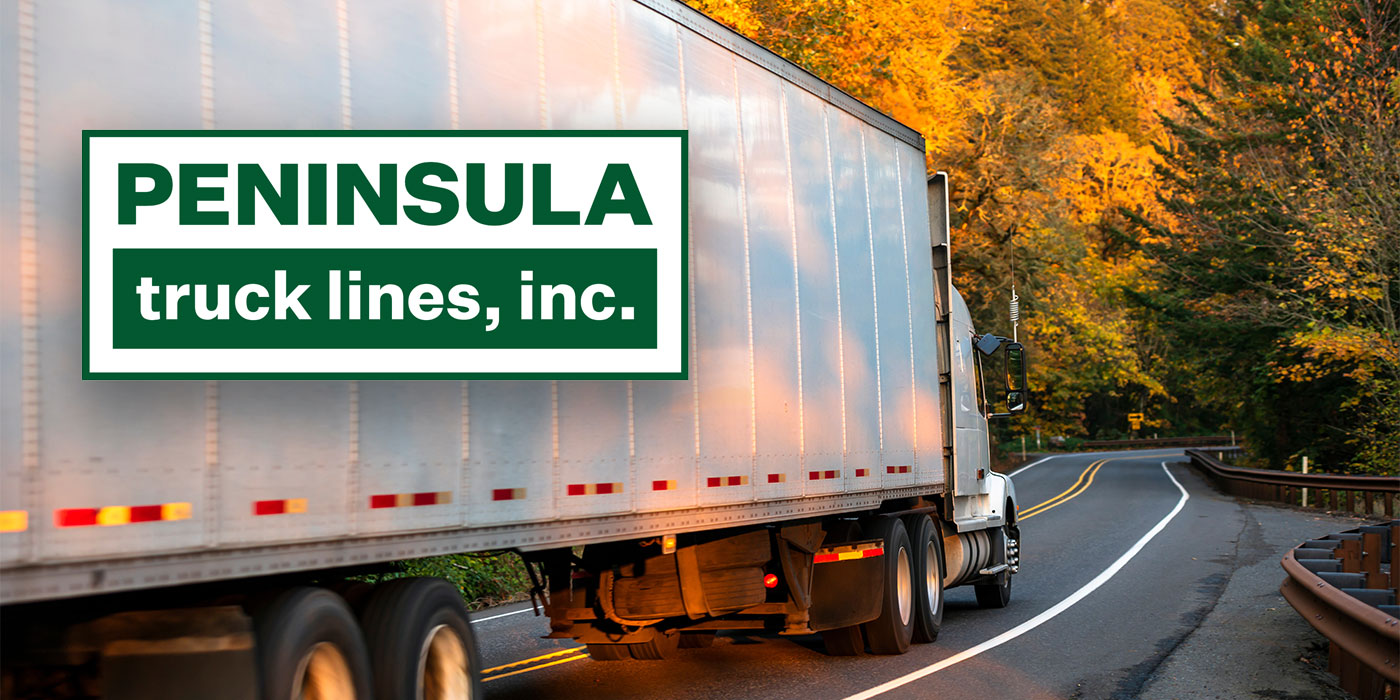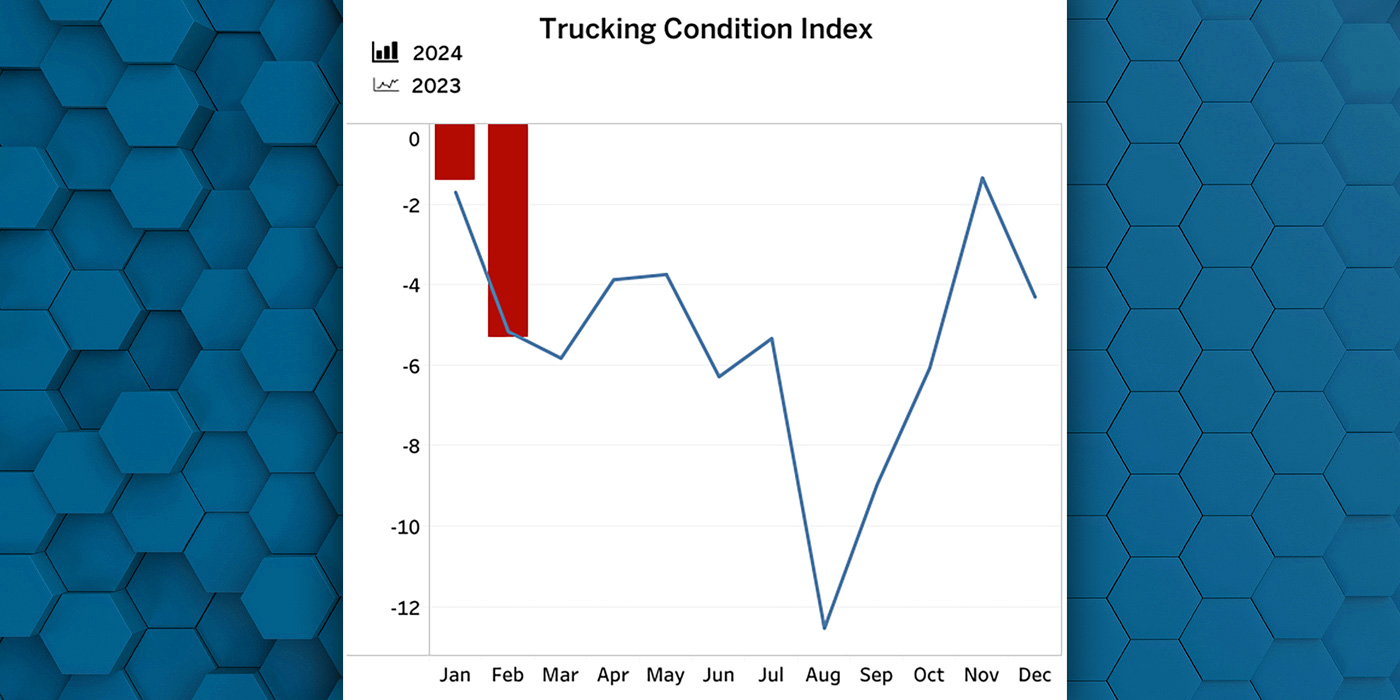Engines are the most obvious truck part that is affected by the GHG regulations, but suspensions aren’t far behind. The designs of suspensions made in the last few years are noticeably being modified to accommodate fleets’ continued desire to cut their trucks’ weight.
“Since a suspension doesn’t rotate 360 degrees (no frictional or rolling resistance losses) and has minimal aerodynamic attributes, the only other opportunity for GHG consideration is reduced weight,” says Bill Hicks, director of product planning for the Americas with SAF-Holland, Inc. “Suspension designs are continuously reviewed for weight reduction that is balanced with overall durability, TCO and initial acquisition price considerations.
“One recent trend is the substitution of composite leaf springs in place of steel mechanical springs, netting a significant overall system weight reduction,” he notes.
Jim Rushe, senior program manager at Hendrickson, recommends making sure the components surrounding the suspension are also optimized to reduce weight.
“Designs that boast reduced weight are key for reducing fuel costs,” he says, “but Hendrickson has also developed products that can be added to the suspensions that can help with fuel efficiency, such as tire inflation systems and lift axle systems. We also work closely with industry component suppliers to provide fuel-saving options like lightweight wheel-ends and reduced rolling resistance bearings.”
Hicks mentions that SAF-Holland offers several lightweight components, such as its P89 wheel ends with a SBS2220 caliper, to further reduce weight.
GHG regulations are just one of the reasons that fleets are looking for lighter weight from all their truck’s components, suspensions included. After all, it’s simple physics that a lighter vehicle will have an easier time hitting MPG goals, for example. Ways to decrease weight are being looked for throughout the truck.
Yet fleets need to maintain a certain level of performance. It’s no good cutting weight if the truck ends up with durability problems down the road. It’s all about striking a balance—spec’ing lighter suspensions, but also making sure to retain the performance.
“By accurately knowing their operational parameters and identifying damaging events, the best weight-optimized and appropriate suspension system can be specified,” SAF-Holland’s Hicks says. “Limiting or eliminating overloading or other detrimental operational situations will dramatically improve overall suspension service life.”
“Fleets can evaluate lighter weight options to better understand how the weight has been reduced and how the manufacturer has validated the product’s performance,” Hendrickson’s Rushe says.
Rushe recommends that fleets ask questions such as these: Has the weight been reduced in key product performance areas? What has the manufacturer done to ensure that durability in these key areas has not been compromised? Has the manufacturer simply removed material, or have they also developed new, increased strength component designs? How do they test the lighter weight designs using real world inputs?”
Integration is also important: If the correct suspension is paired with the proper powertrain, you can add efficiency without also adding weight to the truck.
The basics
With that, let’s go through an overview of suspension basics. There are two major types of truck and trailer suspensions: air ride and leaf spring. Naturally, the first thing to know is the difference between them.
Air ride suspensions are made up of a system of airlines, air-spring bags and valves. Leaf springs, on the other hand, are used in a steel suspension to cushion the load from road shock.
So what are the major differences between the two? To start with, air suspensions are commonly spec’d for driver comfort. Suspensions may not be the first thing to come to mind as a driver amenity, but spec’ing the right suspension can have a big impact on driver comfort. A suspension can maintain a truck’s road handling and ride quality, and cushions the cab from jarring and road shock, improving the driver’s ability to steer as well as his or her daily level of comfort in the cab.
Ride quality isn’t limited to the driver, though, as ride performance can make the long rides easier on more sensitive cargo, for example.
“Air suspensions isolate the trailer from road inputs,” Hendrickson’s Rushe says. “The suspension reacts to variations in the road surface without transmitting those variations into the trailer or the cargo. The result is less damage to the trailer and the cargo.
“Air suspensions also evenly distribute the trailer load to all trailer axles,” he adds. “While wear is inevitable on components like tires and brakes, with an air suspension, these components wear at a more consistent rate, which helps extend component life. It also provides a more even distribution of brake force, helping to improve vehicle stopping distances.”
Overall, according to SAF-Holland’s Hicks, “the air ride is typically ideal for applications where ultimate ride performance is required; however, the leaf spring in the half-laden to fully laden conditions can provide close to the ride qualities of air ride.”
Complexity and reliability are additional areas of difference. The leaf spring trailer suspension systems typically do not employ shock absorbers and do not require air valves or piping.
“While both designs can provide years of reliable service, the leaf spring system, due to its reduced complexity, typically has a lower overall life cycle cost,” Hicks says. “Air ride trailer suspensions, on the other hand, will deliver higher resale value.”
“Enhanced operational capabilities” is the phrase Hendrickson’s Rushe uses to describe the benefits of air ride suspensions.
“Air suspensions provide an adjustable spring rate while maintaining a constant ride height via a height control valve,” he explains. “Pressure inside of the air springs is adjusted based on the payload to ensure optimal suspension dynamics and ride comfort whether loaded or empty. Air suspensions can also be lifted when the vehicle load is reduced. Lifting a suspension can increase the vehicle’s fuel economy and help extend the life of the brakes and tires on the lifted axle. A lifted axle can also reduce toll road costs.”
Optimizing your suspension
Making the choice between air ride and leaf spring suspensions largely comes down to application.
Air ride suspensions provide a smoother ride and keep sensitive cargo from getting damaged, and so may be more suited for on-highway trucks, for example. Additionally, the air ride system is complicated, meaning repairs are more expensive and take longer.
Spring suspensions, on the other hand, are often used for vocational or work truck applications where the quality of the ride isn’t as important and the cargo is not as sensitive. As mentioned earlier, spring suspensions are also more simply constructed, meaning that they are easier and less expensive to repair.
“Fleets should work closely with dealers and suspension manufacturers to ensure the correct suspension options are being selected,” Hendrickson’s Rushe recommends. “Information about the fleet’s operating conditions, anticipated trailer loads, vehicle duty cycle, and maintenance capabilities will help ensure the suspension will meet the fleet’s expectations without over-spec’ing the product. Fleets should seek a supplier that can provide a broad set of suspension options that will enable them to match their unique set of requirements.”
“Fleets can provide driver and operational training to identify and address road, load, and docking situations that lead to undue stress on the suspension components, and ultimately reduce service life,” SAF-Holland’s Hicks recommends.

